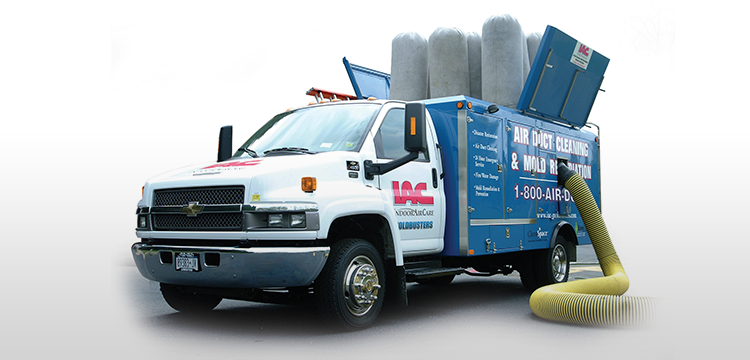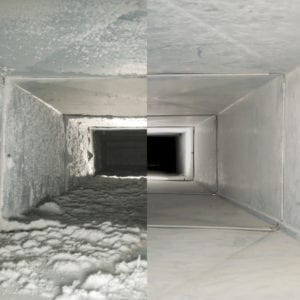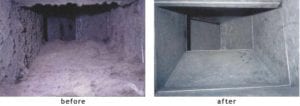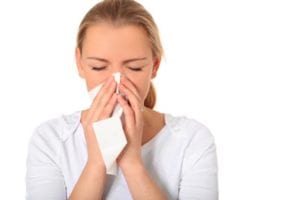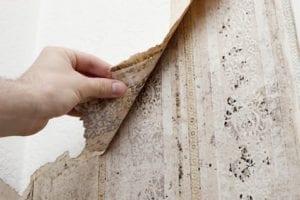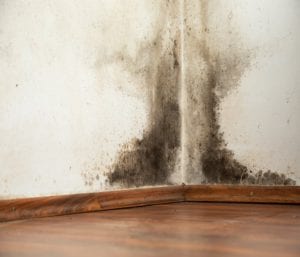Jeffrey Sindone
September 17, 2015

You take care to make sure the food you eat is free from chemicals and contaminants, why are we more blasé about the air we breathe? There are a number of contaminants that can potentially make you or your family ill or worse. Even if you keep a spotless house, airborn toxins can still be present in your home.
- Combustion/CO
CO is colorless and odorless, so the best way to detect it is by installing CO alarms near bedrooms and fuel-burning appliances. Those appliances should also be inspected at least once a year by a qualified technician, as should chimneys, flues and air-handling systems.
CO causes a number of symptoms from headaches and nausea to confusion and unconsciousness — and kills about 500 people in the U.S. per year. Airborne particulates can lodge in the lungs, potentially damaging tissue and even working their way into the bloodstream.
Always make sure the areas around stoves and heaters are well ventilated and always keep your CO monitors in working order.
- Asbestos
Most modern homes and offices now use alternative materials, but older buildings may still contain asbestos. Even then, the fibers only become airborne when they’re disturbed, so the most practical solution is often to simply leave asbestos alone. That’s not always an option, though — an aging home may need repairs in its asbestos-lined attic, for example, or squirrels may have kicked up the fibers while looking for a place to spend the winter.
Given the risks involved, DIY asbestos remediation is rarely a good idea. Even taking your own samples for testing isn’t recommended. If you suspect a material contains asbestos, look for signs of damage without touching it, then contact a professional inspector to learn more. NY State law requires a licensed Asbestos Remediation contractor to perform asbestos removal.
- Mold and Mildew
The best way to fight mold is to fight moisture. Keep the relative humidity indoors below 60 percent, and use a dehumidifier or fan to dry out the air if needed. Mold and mildew grow in dark damp places, and more often than not by the time you see mold on a wall, there is so much more behind it. Health effects vary by mold type and personal sensitivity; symptoms may include nasal stuffiness, wheezing and skin irritation. Studies have also linked indoor mold exposure to asthma development in children.
If you suspect there may be mold in your home, contact a licensed professional to test your home for mold.
- Dust, Dander and Droppings
Many buildings are plagued by rodents, dust mites and cockroaches, two very different arthropods that both leave a trail of allergenic feces and body parts. Fumes from rodent urine and droppings can also cause breathing problems, as can pet dander and airborne proteins from cat saliva.
These contaminants often trigger allergic reactions and asthma, and symptoms can grow worse with chronic exposure. Children, elderly people and people with other breathing issues are especially at risk from biological agents in confined areas, the EPA warns.
Regular sightings of roaches, rats or their droppings point to an infestation, in which case pest control is likely the best way to clear the air. Dust mites aren’t visible to the naked eye, but we can see piles of their namesake food — and cleaning up dust may also alleviate allergies from pet dander. Beyond good housekeeping, ventilation can help keep unavoidable allergens from reaching high concentrations.
After you get rid of pests, you should do a thorough air duct cleaning to make sure the remnants of those critters are not lingering in the air long after they are gone.

